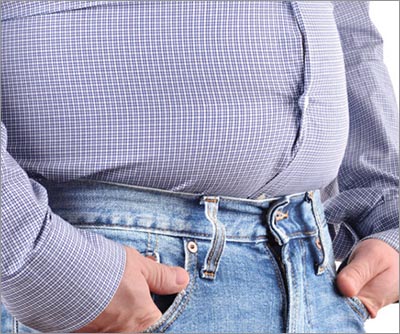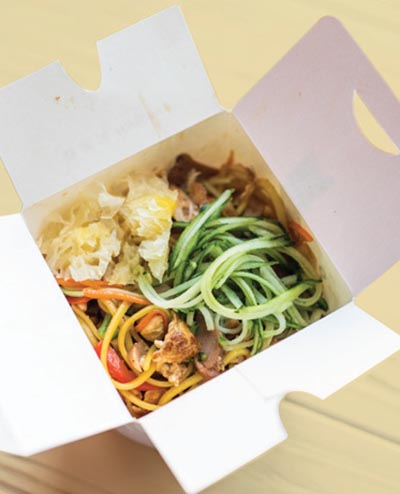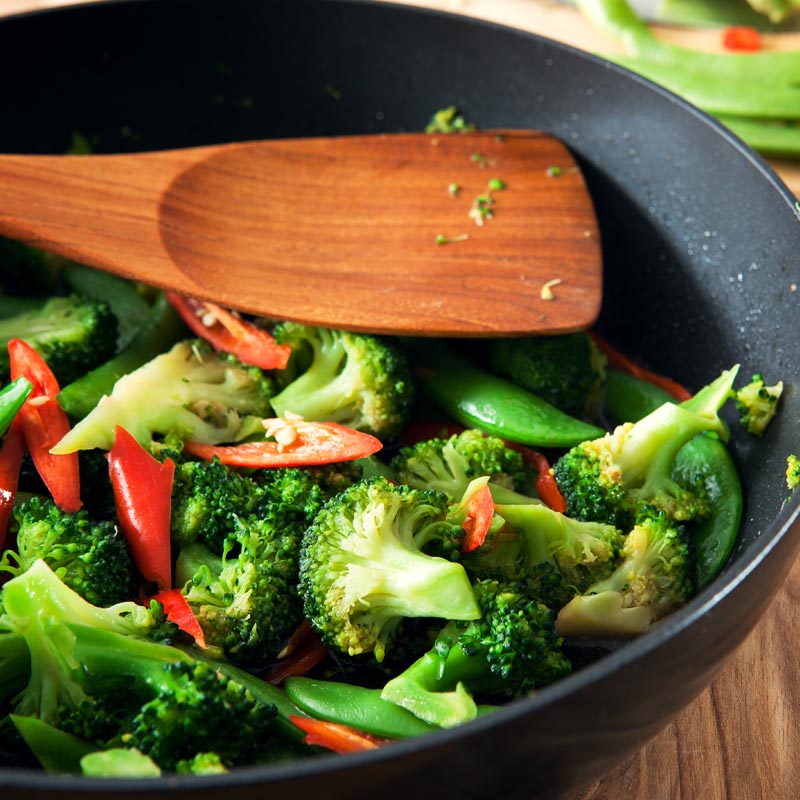Quick Studies: a snapshot of the latest research

klaikungwon - stock.adobe.com.
Clues to the “Obesity Paradox”

A new study could explain what some call the “obesity paradox.” In some studies, people with a “healthy” weight had a higher risk of dying (over several years) than those with some (but not too much) extra weight.
Those studies used body mass index (BMI), which depends only on a person’s weight and height, as a proxy for body fat. The new study estimated the body fat and lean mass (mostly muscle) of 38,000 men using weight, height, waist size, age, and race. Over 21 years, those with the least body fat had the lowest risk of dying. As body fat rose, so did the risk of dying—most often of cardiovascular disease or cancer.
In contrast, men with the least muscle mass had a higher risk of dying (especially of respiratory illness) than those with an intermediate level of lean mass. Why? Low muscle mass could be a sign of undiagnosed illness or frailty, even in people with a “healthy” BMI. And that could explain the obesity paradox.
What to do: Don’t assume that those extra pounds are healthy.
BMJ 2018. doi:10.1136/bmj.k2575.
Less Fat, More Lean

How much strength training is enough to help you lose body fat?
Researchers randomly assigned 57 overweight or obese older women to do strength training for a half hour either two or three times a week. After 12 weeks, both groups lost equal amounts of belly and thigh fat and gained the same amount of lean mass.
What to do: Start training! Twice a week is enough.
Int. J. Sports Med. 39: 527, 2018.
Good Doggy Bags

A doggy bag offer might help you eat less.
Researchers randomly assigned 53 women to either a “to-go” group (which was told about the doggy bags before they ate) or a control group (which wasn’t told about the bags). Both groups were served dinners with one of four serving sizes: typical portions eaten by similar women in an earlier study or 25, 50, or 75 percent more.
Average calories consumed by the control group rose from 600 for the typical portion to 680, 780, and 760 for the three larger servings. The doggy bag group’s calories rose more slowly: from 600 to 610, 670, and, finally, to 690 for the largest serving.
What to do: Ask for a doggy bag (or bring your own reusable container). Most restaurants serve oversized portions of nearly everything.
Appetite 2018. doi:10.1016/j.appet.2018.07.009.
Veggies & Breast Cancer

Certain vegetables and fruits may lower the risk of certain types of breast cancer.
Scientists tracked roughly 182,000 women for 24 years. Those who reported consuming more than 5½ servings a day of vegetables and fruit (but not fruit juice) had an 11 percent lower risk of breast cancer than those who ate no more than 2½ servings a day.
In particular, cruciferous, yellow-orange, and green leafy vegetables—like broccoli, cabbage, cauliflower, winter squash, and lettuce—were linked to a lower risk of breast cancer. The links were strongest for estrogen-negative and HER2-enriched tumors.
What to do: This type of study can’t prove that vegetables and fruit lower the risk of breast cancer (even though the researchers took other factors into account). But fruit-and-veggie-rich diets help lower blood pressure and are linked to a lower risk of stroke and heart attacks. How many reasons do you need?
Int. J. Cancer 2018. doi:10.1002/ijc.31653.
Photos (top to bottom): stock adobe.com: Dmytro Flisak, vladmirfloyd, F8studio, klaikungwon.

